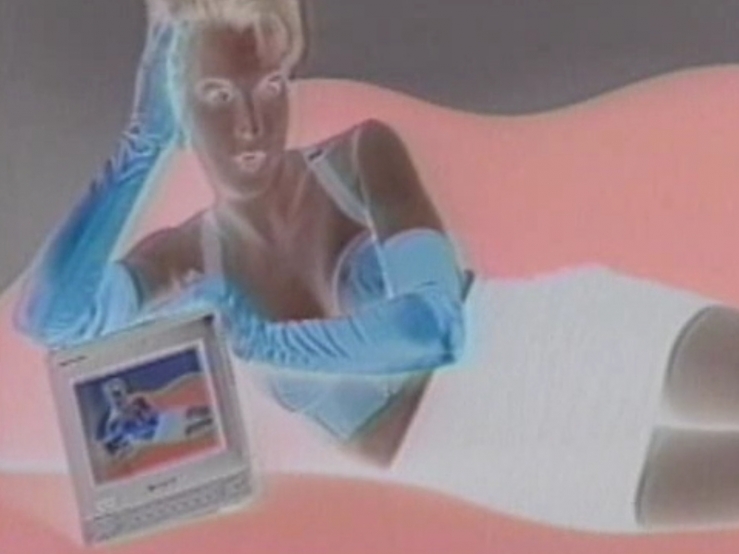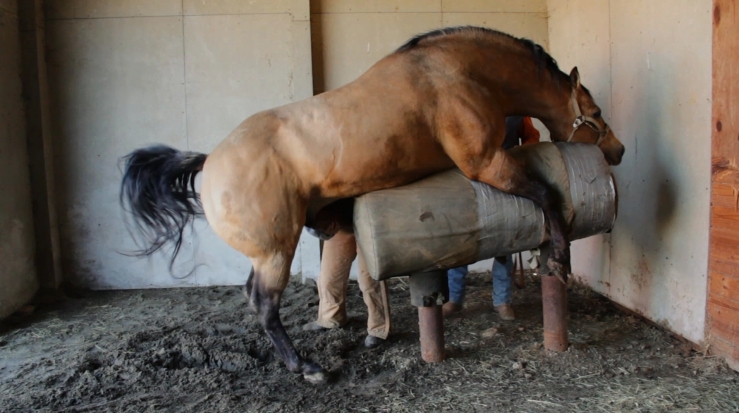Body Images and Gender Roles
by Birgit Bertram
From the very beginning of video art at the end of the 60s/the beginning of the 70s, it became clear that this fresh medium gave rise to a very strong response on the part of female artists, offering as it did the possibility to work as an artist outside the classical, male-dominated media such as painting and sculpture.
In particular at the boundary of performance art and in the criticism of media images, till then determined mainly by men, female artists like Ulrike Rosenbach, Marina Abramović, Martha Rosler and Dara Birnbaum achieved success in this medium with the examination of identity and subjectivity.[1] Video works by female artists from the 60s and 70s can be viewed in the Kunstmuseum Bonn where they form part of the Ingrid Oppenheim Collection.
The rather similar artistic strategies and iconography of the 70s, based on the norms of white, heterosexual, middle-class women, became diversified in the following decades in the context of gender-, race- and class-oriented movements like Gay and Black Activism and, at an academic level, of Queer and Post Colonial Studies. In the 1990s and the 2000s a manifest opposition to male control over the image of "woman" is no longer to be found: instead of specific political demands – as in the early days of video art – the work in the medium is now shaped by diverse strategies and multiple opinions,[2] which are also reflected in the works on body images and gender roles held in Videonale’s repository. (Birgit Bertram)











